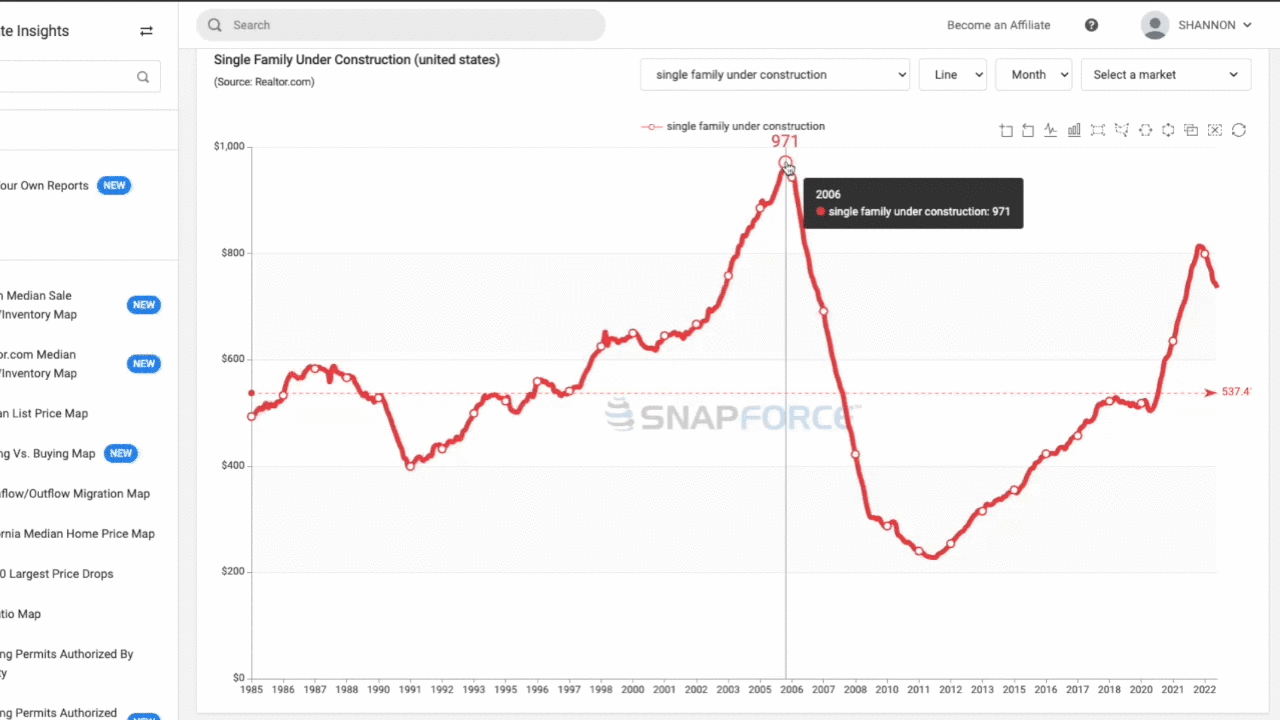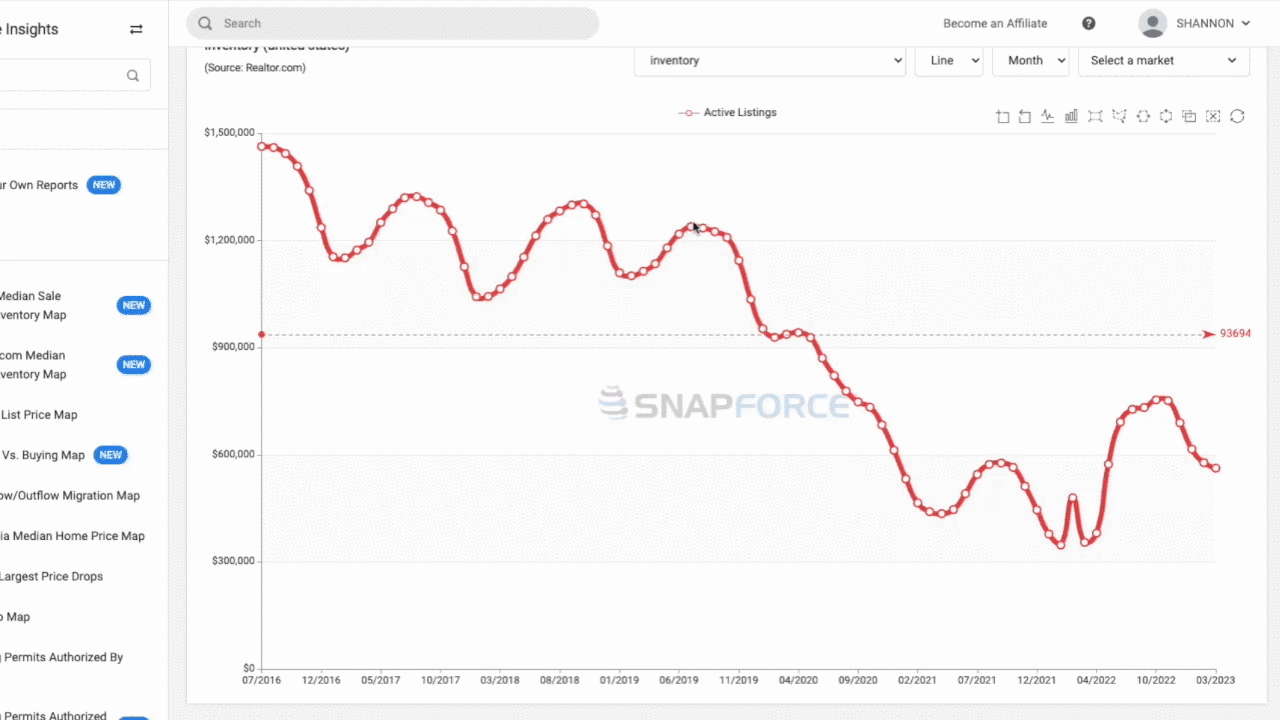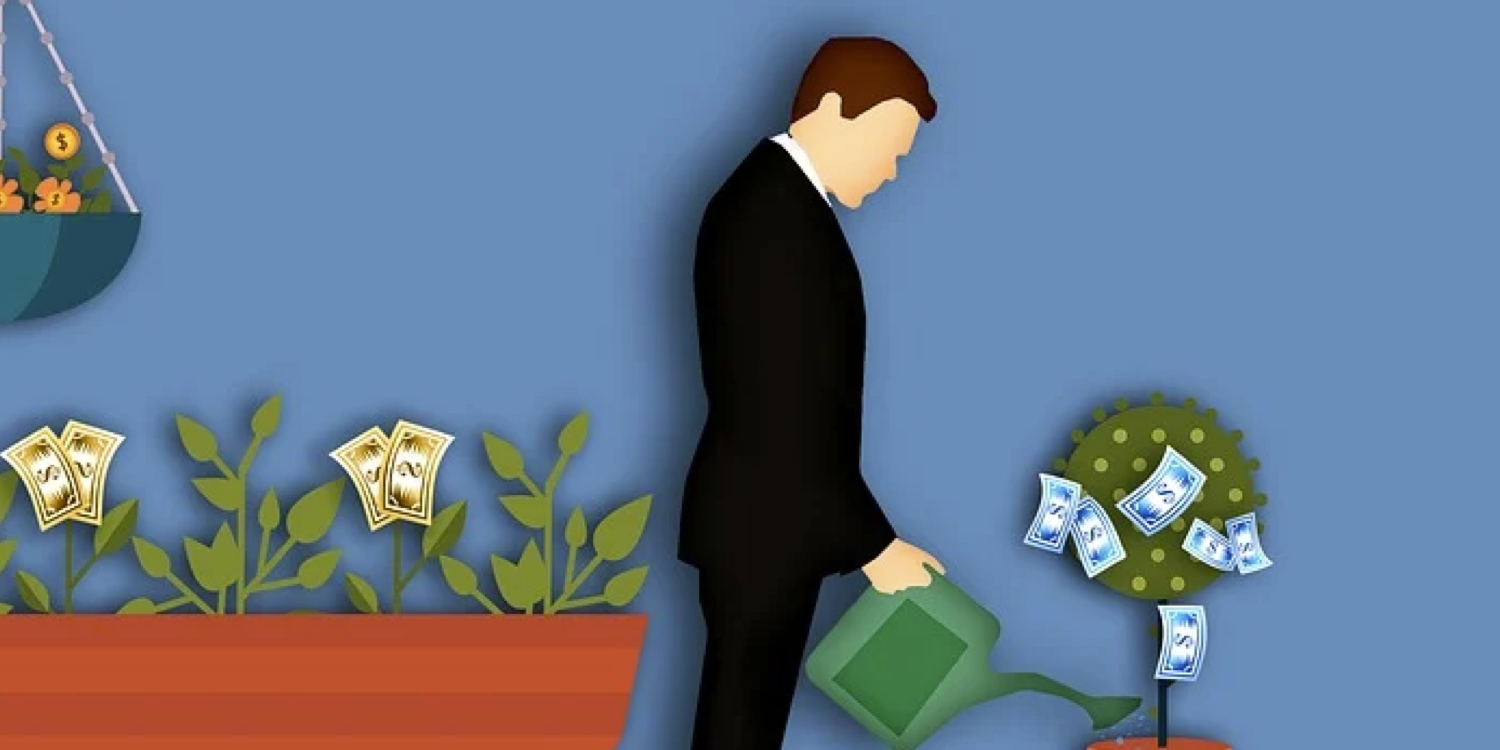Socratic Selling is a customer-centric sales technique that emphasizes active listening and leads to more sales. Here’s how one…
Continue readingThe Power of Routine

Routine- what we do and the order in which we do it day in and day out. The word ‘routine’ may seem dull, perfunctory, or just plain dull. However, if set up effectively, routines can help ensure we have structured our day to increase our odds of success. One event that upended nearly everyone’s routine was the coronavirus pandemic. As the pandemic wore on researchers found this- that daily routines help one to cope with change. New routines were needed then just as they are now!
Routines & Sports Rituals
 To observers, there are times a routine becomes a ritual. Professional athletes are known for their quirky rituals which are often called superstitions, especially in baseball. Major League Baseball players often eat a specific pre-game meal, mindfully avoid stepping on any chalk lines on the field, and shy away from talking about a no-hitter during the game.
To observers, there are times a routine becomes a ritual. Professional athletes are known for their quirky rituals which are often called superstitions, especially in baseball. Major League Baseball players often eat a specific pre-game meal, mindfully avoid stepping on any chalk lines on the field, and shy away from talking about a no-hitter during the game.
Basketball is no exception. Allstar point guard Russell Westbrook began his routine precisely three hours before every tip-off. He ate the same peanut butter and jelly sandwich, toasted with butter on wheat bread cut diagonally, and practiced on court three before every home game.
Why do athletes go to such lengths? Because routines do one very important thing for us. They get us in the correct mindset for a given task or event.
Key Takeaways and Strategies for Routines
- Create space in your routine that gives you time for solitude and stillness each day- before the world starts spinning around you demanding your attention.
- Start with the biggest rocks. You can begin building your routine by time-blocking your calendar with your most important activities that are now part of your custom-made day.
- Know when you’re at your best for a given task. You’re not the same person in the afternoon that you were in the morning.
- Mornings set the tone for the rest of the day. Guard your first few hours to practice the routine you’ve established.
- Make time each morning to practice gratitude. A good way to start is by keeping a journal and noting what you’re grateful for.
- Avoid jumping on your phone first thing in the morning to check emails or social media. Brain expert Jim Kwik says we are highly suggestible after waking and the dopamine effect from using our phones leaves us distracted later in the day.
- Practice ignoring things. Focused attention creates better results. Turn off your email and phone notifications at specific times to avoid the pitfall of distraction.
- Remember everything you say yes to is saying no to something else. Make it a routine to say no when necessary.
- Without a routine, the circumstances of the day often dictate what we do leaving us in a reactionary state.
- Avoid just ‘checking’ your email. Create a routine that once you’ve viewed an email you will do one of three things with it: do it then, delegate it to someone else, defer it to another time, and create a calendar event.
- Routines make discipline achievable by creating the space needed for new habits.
- Routines free up your mind to be more creative not being weighed down with several small decisions you’ve already made automatically part of your day.
- Begin the night before. Going to the gym? Pack your bag the night before so you’re not tempted to find an excuse not to be ready.
- Check your calendar for the following day to avoid any surprises.
- Do something difficult. Typically the first few hours after your morning routine is the best time to tackle a difficult task. In doing so, you will have more confidence for other tasks later in the day.
- And most importantly, forgive yourself when you mess up or break your routine. Your goal is to improve not to be perfect.
Wittingly or not, each of us has a routine. What’s yours? Do you want to create a new routine or change it and why? Share your experience in the comment section below.
-Shannon Hicks
The Yin & Yang of the Covid-19 Pandemic
Here are some of the benefits and consequences of the virus that swept the globe three years ago…
Continue readingReviving The HECM Saver Program
This week we bring you a guest column on why the HECM Saver should be revived. First…
Continue readingTurning the Ship
Every reverse mortgage professional has a small yet vital role to play in keeping the ship pointed toward market expansion despite a turbulent and uncertain market
Continue reading11 ways to close more loans
Here are 11 ways you can start to recharge your loan pipeline.
Continue readingShadow inventory & reverse mortgage home values
The coming shadow housing inventory and home prices
Home listing prices are dropping in several metros across the country but certainly not in all markets. In fact, if you look at your local home listings in the MLS (Multiple Listing Service), Zillow, or Redfin you’re likely to notice that there are far fewer homes listed for sale today than there were just months ago.
But more importantly, you may see home sellers stubbornly listing their homes at 2021 prices with 2023 interest rates. A disconnect from reality? Perhaps, but it’s also indicative of a frozen real estate market.
Reverse mortgage professionals are particularly keen on home price trends in their markets because it determines if a borrower may qualify for a reverse mortgage or receive enough loan proceeds to meet their objectives. While the housing market is somewhat stalled, a backlog of shadow inventory may finally hit the market in late 2023.
The term shadow housing inventory is somewhat broad so let’s define it.
Shadow inventory may include homes presently owned by residents or investors who are waiting for more ideal selling conditions or REOs (real-estate-owned) properties that are in foreclosure that won’t hit the market for several months. However, a third element of shadow inventory is generally overlooked. New single-family construction.
In 2020 there were 523,000 single-family units under construction. That number surged to a high of 811,000 units in 2022 despite supply chain disruptions and spikes in building supply prices. As of March Realtor-com shows 735,000 single-family units being built. With supply issues generally resolved and material pricing dropping substantially many of these units will become active listings later this year. The pipeline of homes under construction will help boost housing inventory back to levels seen in a normalized housing market.

For example, if you add 735,000 single-family homes under construction today to the present 562.565 available homes in inventory we would return to pre-pandemic inventory levels last seen in late 2018. Removing the barrier of artificially tight inventory will increase supply significantly and consequently, the log jam in home prices will be broken allowing prices to reflect the current economy and mortgage interest rates.

In conclusion, reverse mortgage professionals may find benefit in tracking housing inventory and construction trends in their markets to anticipate which areas may see sizable reductions in home prices. This research may reveal which areas will be more or less susceptible to large declines in value when housing inventory returns to its pre-pandemic norm.
Postscript:
Snapforce is the tool we use to look at the macro and local market housing trends. This tool was featured in our February 27th broadcast of the Industry Leader Update. Those wishing to research their markets can subscribe to Snapforce for $12/month here.
4 mistakes to avoid when speaking with ‘elders’
Have you ever made one of these communication blunders when speaking with homeowners?
Continue readingA Tale of Two Neighbors
Two neighbors got a reverse mortgage yet their outcomes couldn’t be more different. Here’s why…
Continue reading12 Quotes that Inspire
‘Believe me, we all need this now more than ever.’
Now more than ever we are keenly aware of the collective tension and anxiety in society. Considering this how you care for your mind, will, and emotions are crucial not only for your own happiness but for the welfare of those around you.
This week I am sharing some of the quotes that have helped me ‘right the ship’ and endure some difficult moments. Whether you are facing fear, loss, anxiety, anger, or hopelessness I hope you find some value in these written words. I only ask that if you feel lifted to add your own encouragement or inspirational quotes- just leave them as a comment on this post.
“Circumstances don’t make the man (woman); they only reveal him to himself.” — Epictetus
“We must accept finite disappointment, but we must never lose infinite hope.” – Martin Luther King, Jr.
“If all our misfortunes were laid in one common heap whence everyone must take an equal portion, most people would be content to take their own and depart.” — Socrates
“Action may not bring happiness, but there is no happiness without action.” — Benjamin Disraeli
“You are what you do, not what you say you’ll do.” — Carl Jung
“It is the mark of an educated mind to be able to entertain a thought without accepting it.” — Aristotle
“Take time to deliberate, but when the time for action comes, stop thinking and go in.” — Napoleon Bonaparte
“In any moment of decision, the best thing you can do is the right thing, the next thing is the wrong thing, and the worst thing you can do is nothing.” — Theodore Roosevelt
“Just as despair can come to one only from other human beings, hope, too, can be given to one only by other human beings.” – Elie Wiesel
“Never give in. Never, never, never.” – Winston Churchill
“Prosperity is not without many fears and disasters; and adversity is not without comforts and hopes.” – Francis Bacon
“Courage doesn’t always roar. Sometimes courage is the quiet voice at the end of the day, saying, “I will try again tomorrow.” – Mary Anne Radmacher










